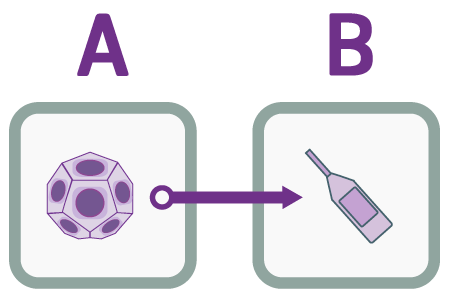

Use your regular equipment to carry out an insulation measurement in a room according to the ISO 140 regulation

Next, take acceleration measurements for each of the surfaces present at the receptor room. You may use either the accelerometer or the Solid Noise probe for faster results.
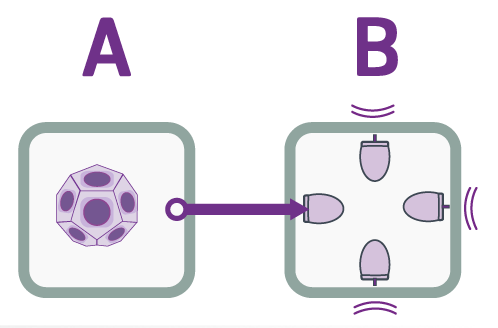
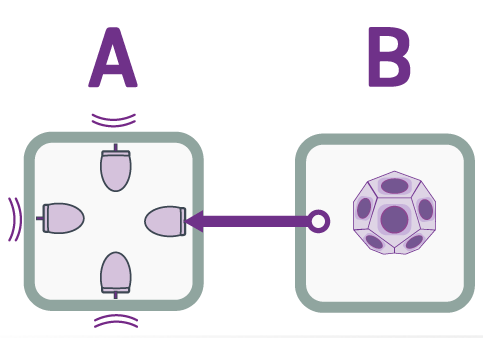

With the sound source at the RECEPTOR room. Take acceleration measurements for each surface at the SOURCE room.

Export the measurements obtained with your measuring equipment to Excel, and copy them on to the NoiseLab spreadsheet. Now you're ready to start making calculations.
Following these 4 simple steps, you will be ready to:
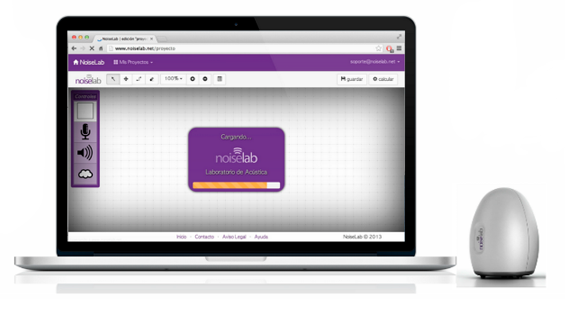
Once the measurement data has been uploaded to NoiseLab, you can simulate the addition of cladding, flooring and suspended roofs for each of the surfaces measured


Upload your measurements to NoiseLab and analyze the contribution of each each surface towards total insulation measured. NoiseLab measurements include sound and vibration data. You will be able to find out which surfaces require treatment and accomplish your goals.

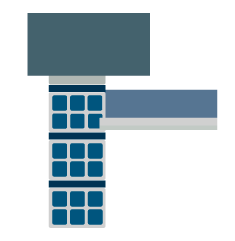
The advantage of using NoiseLab rather than other predictive calculations is that it uses real measurements and not theoretical estimates. NoiseLab also lets you add new features (cladding, floating floors or suspended roofs) and assess how they improve the current insulation.

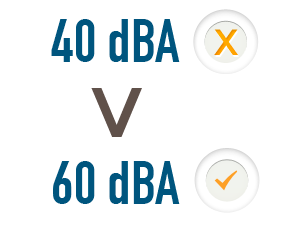
Apply treatments only where necessary. NoiseLab lets you see how your soluations will improve the total insulation measured. Refine the results for your projects more than ever before.